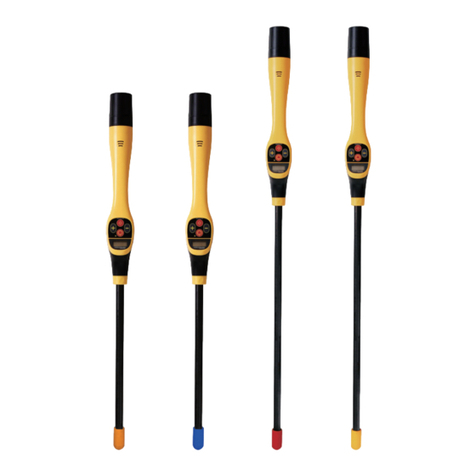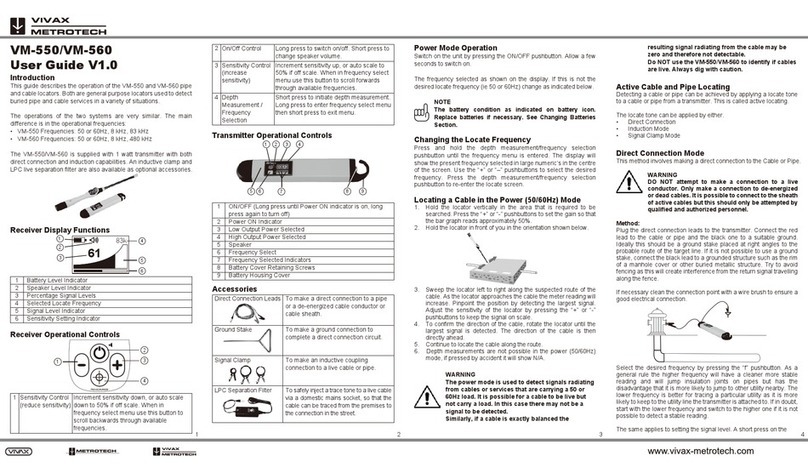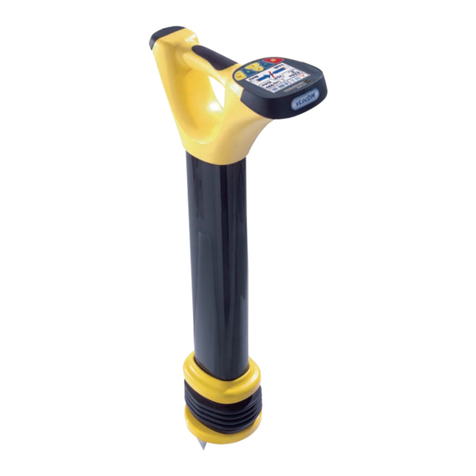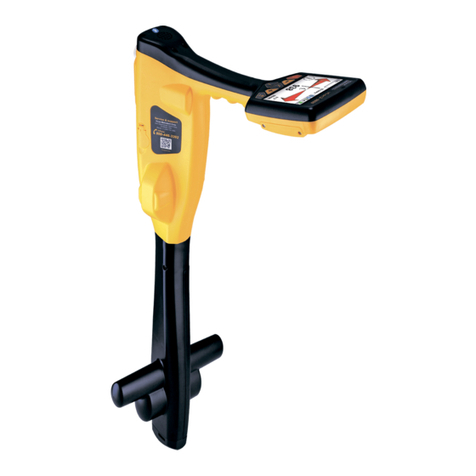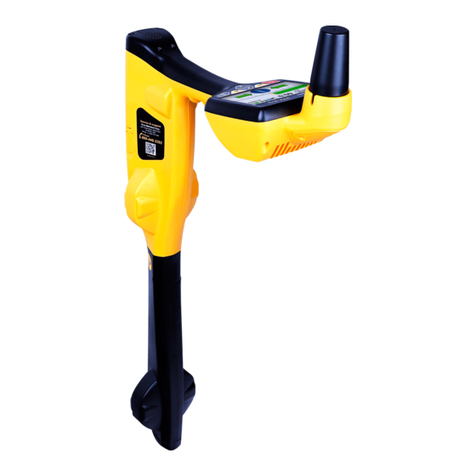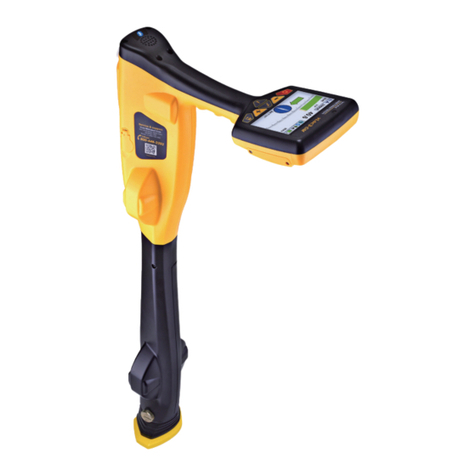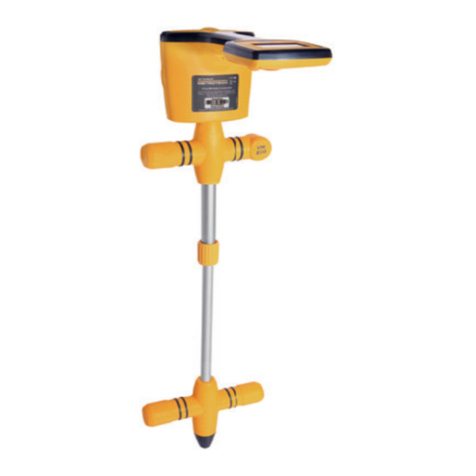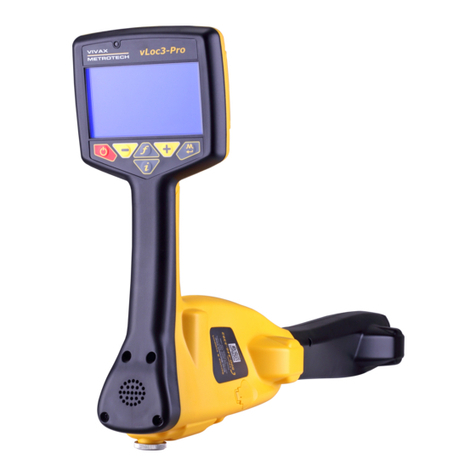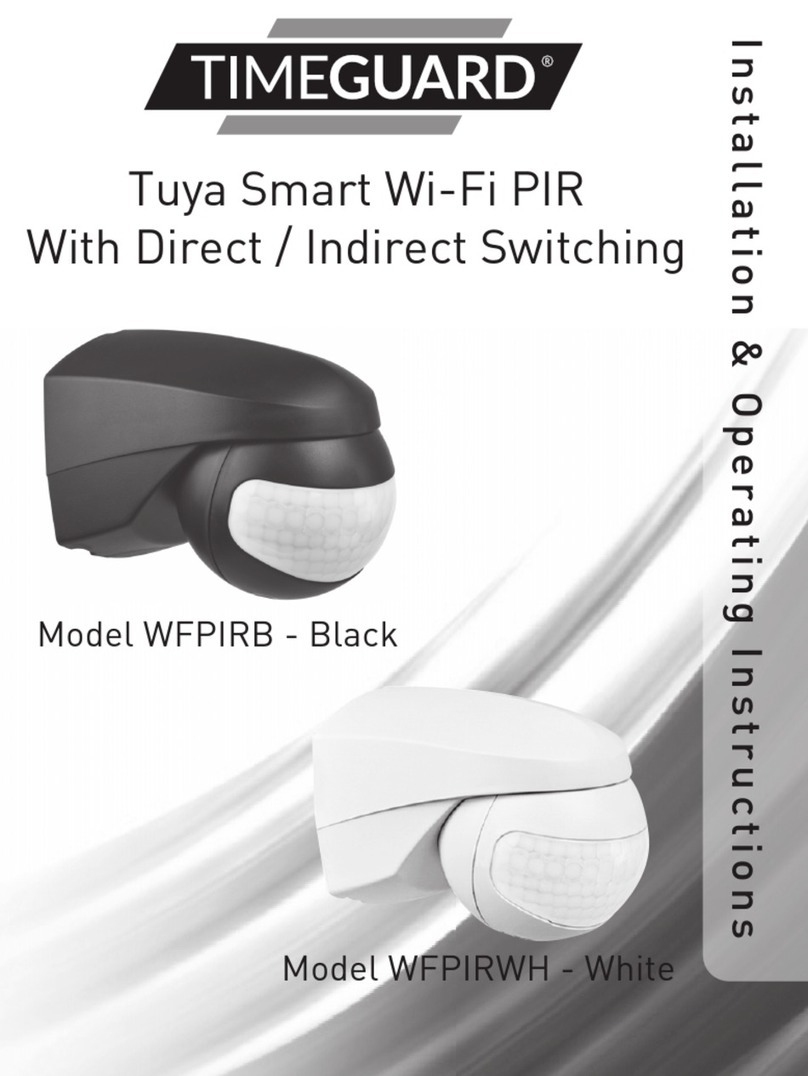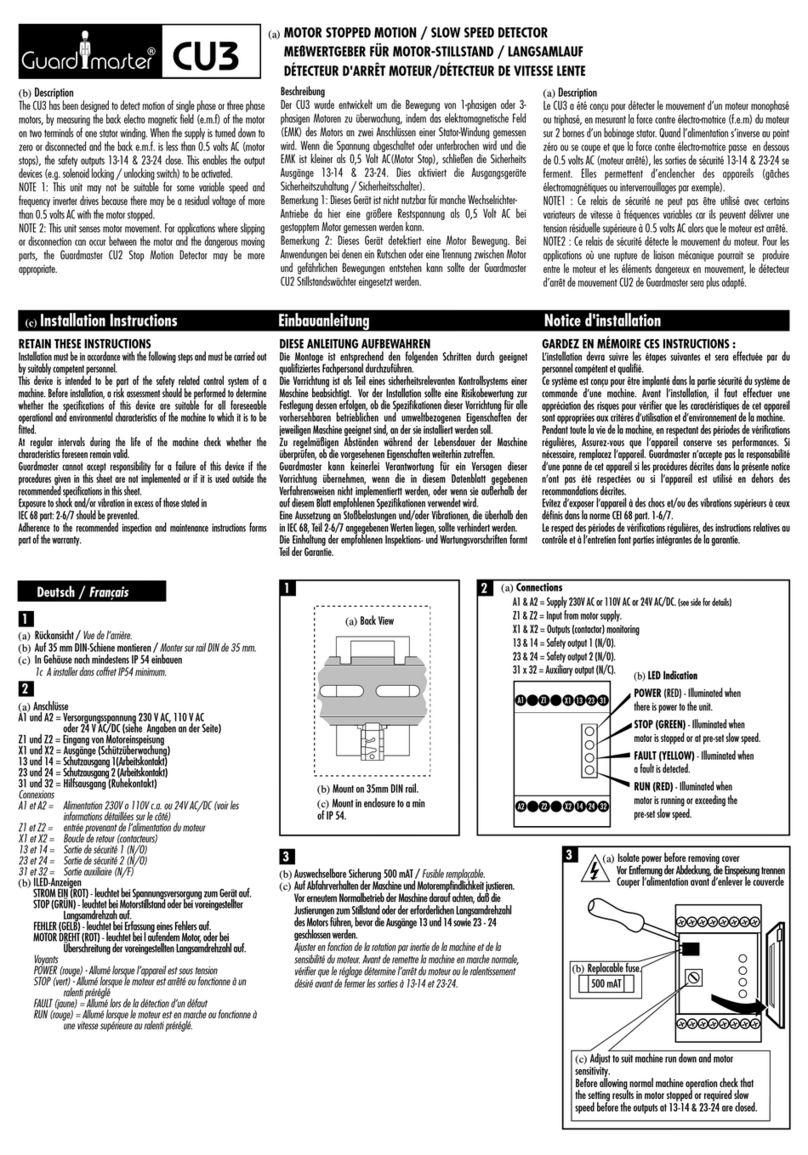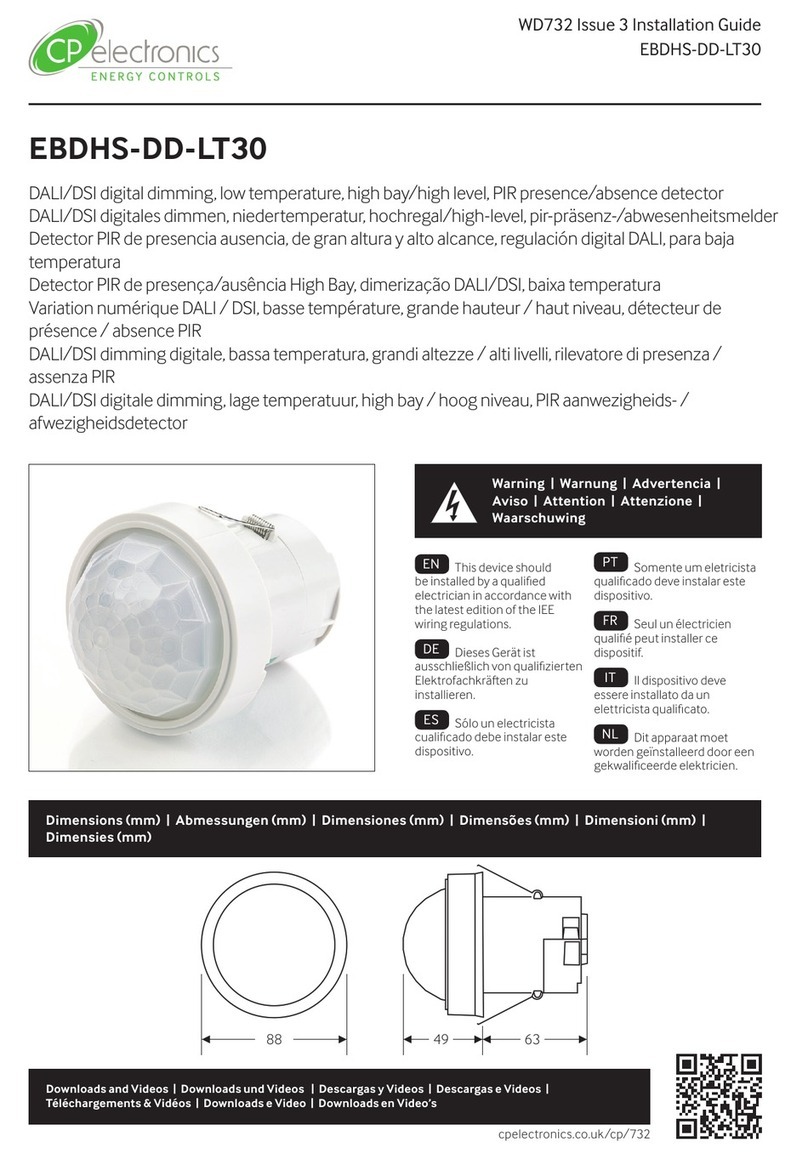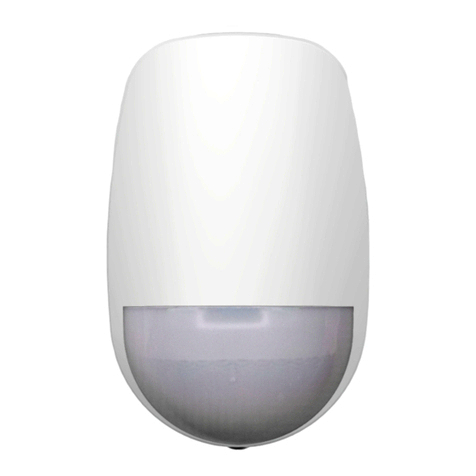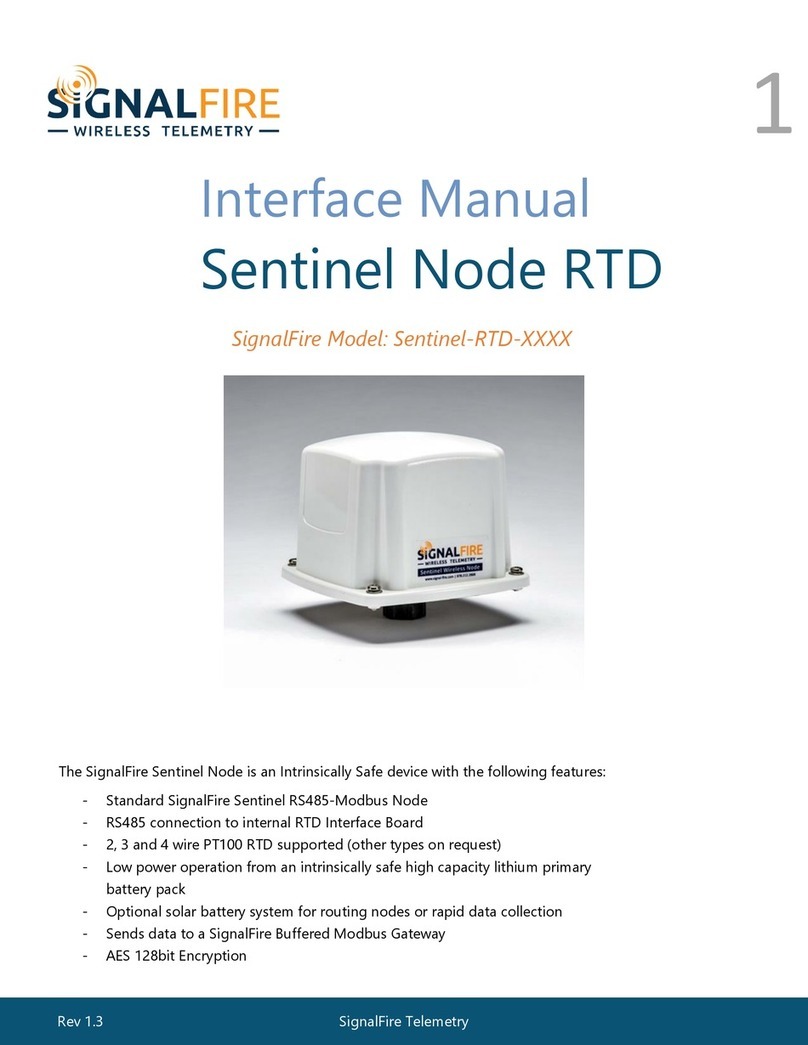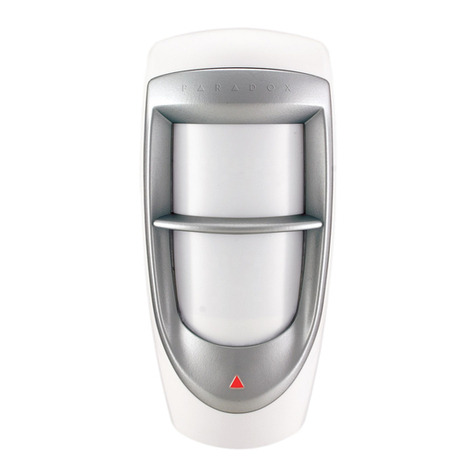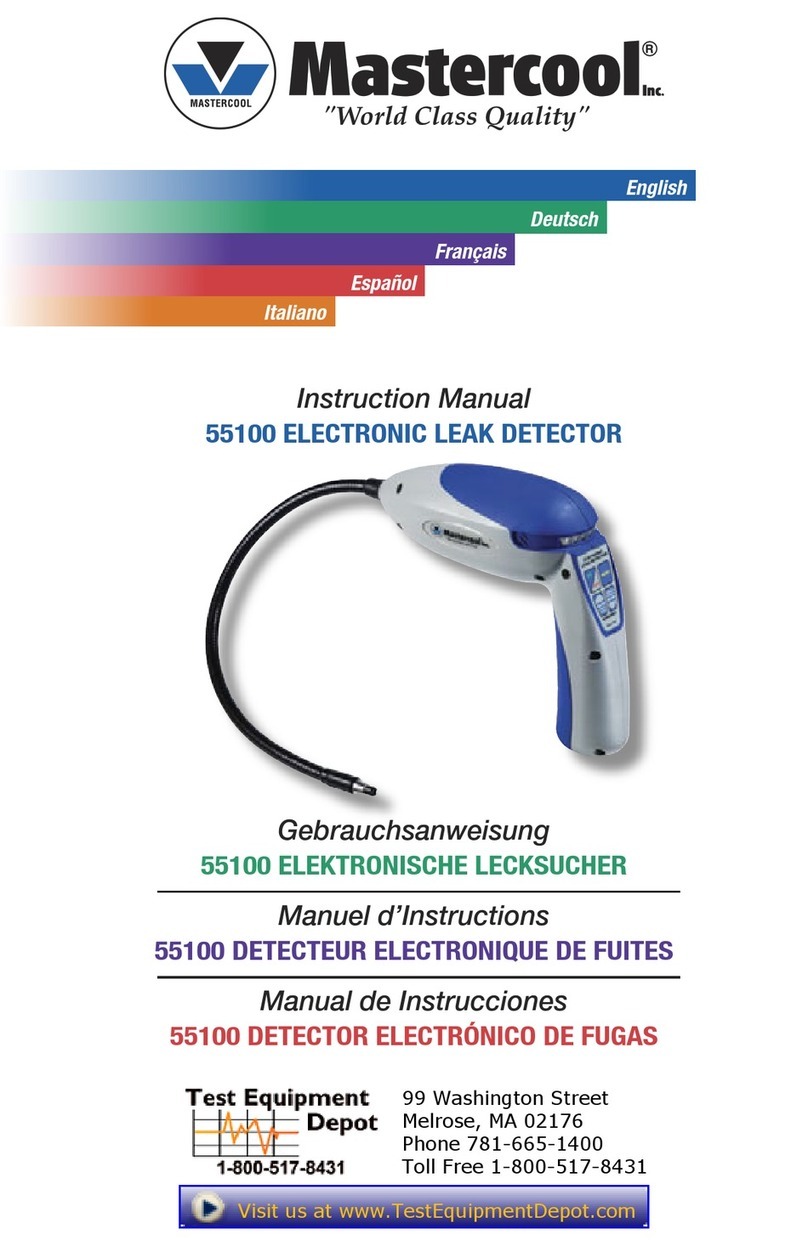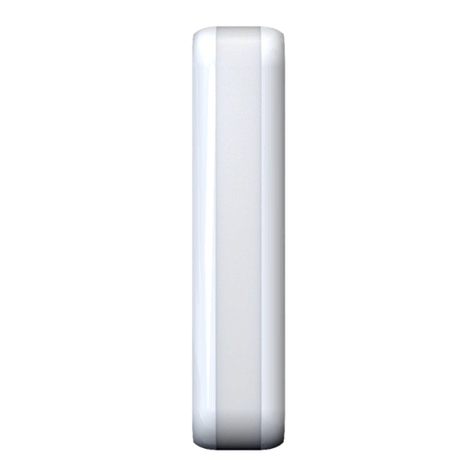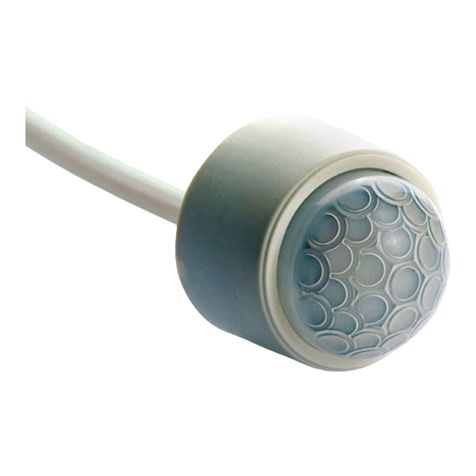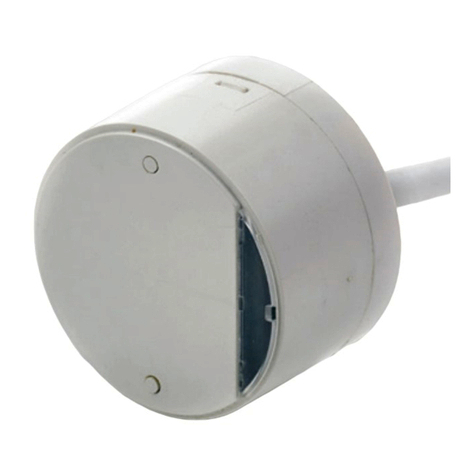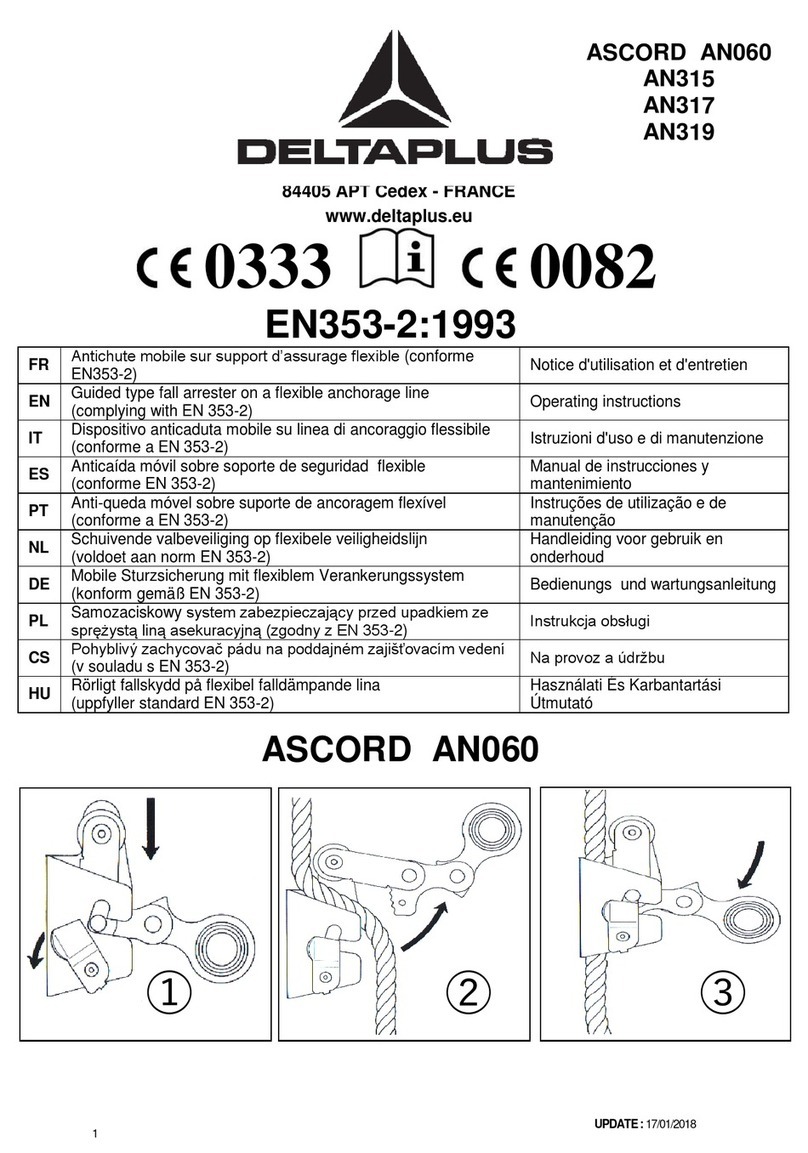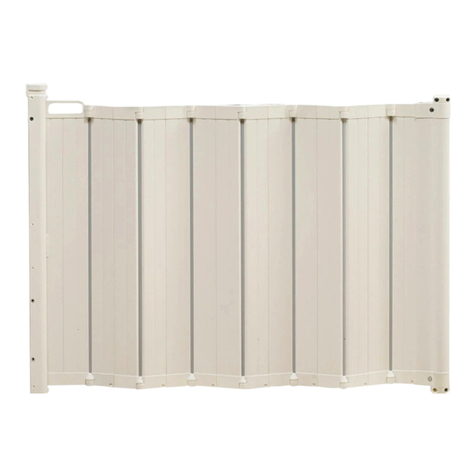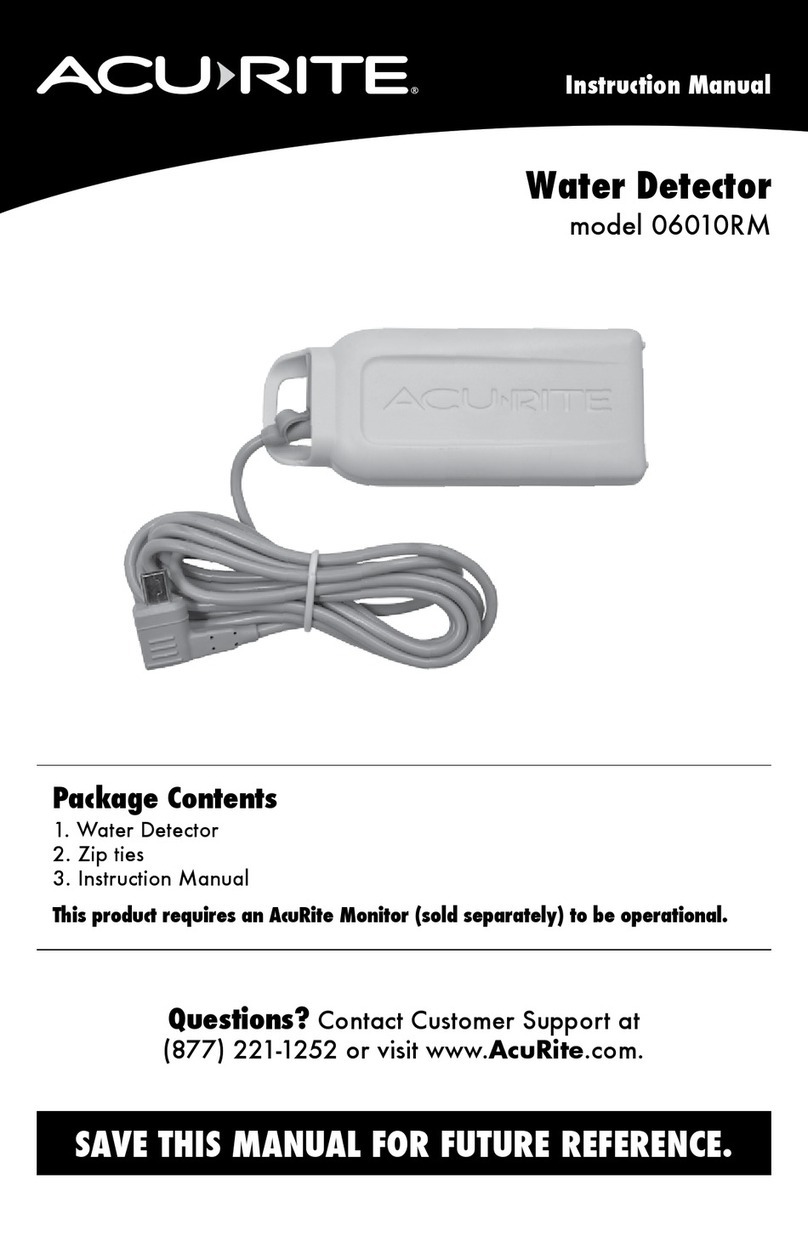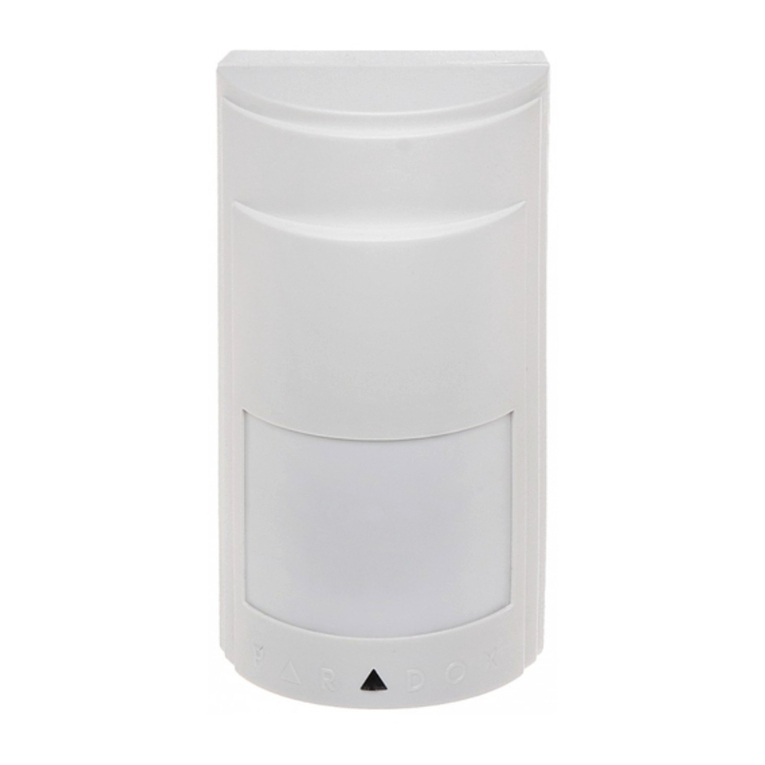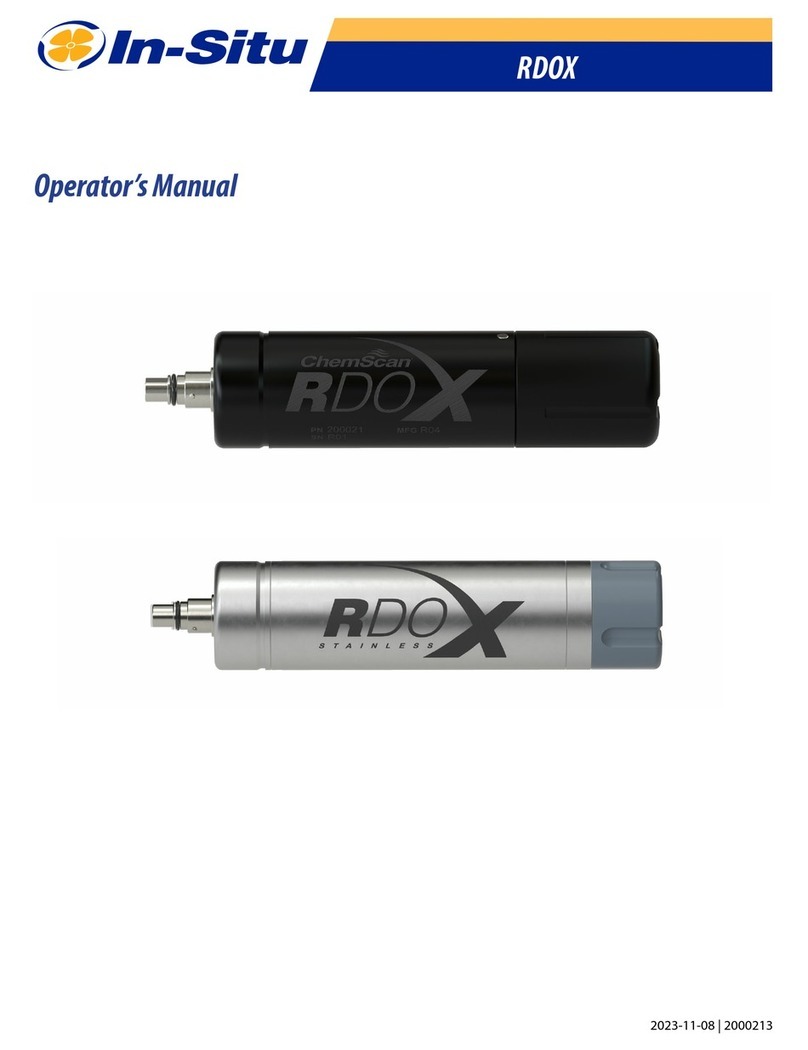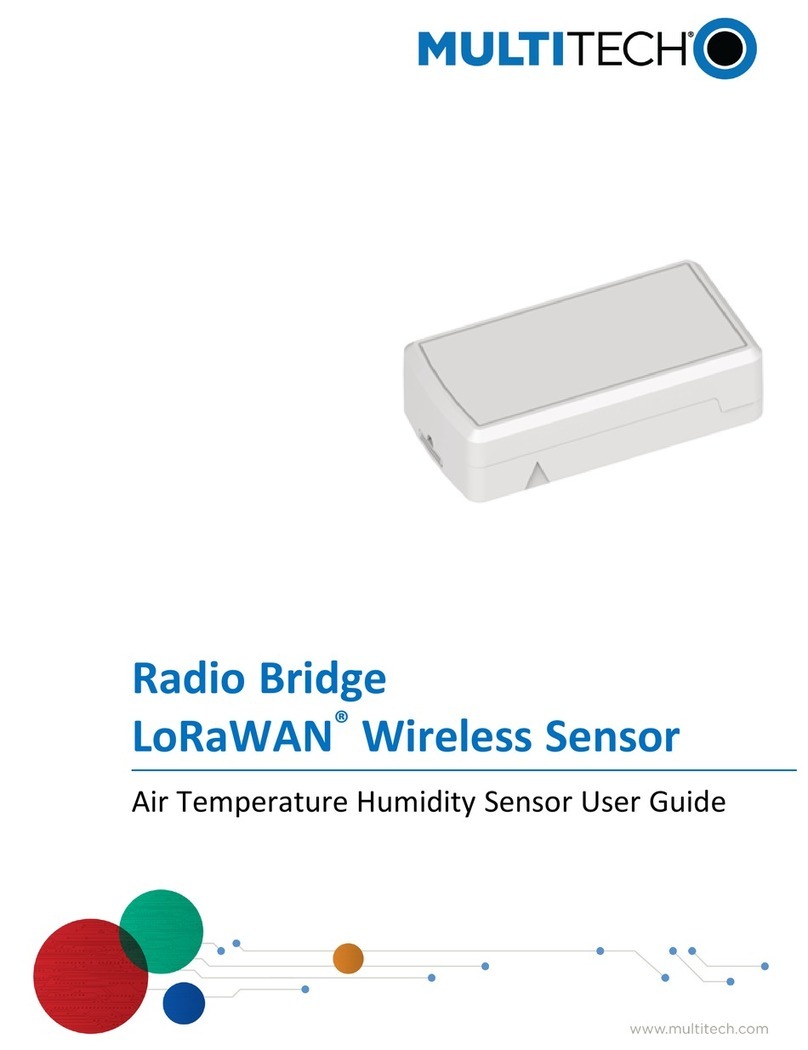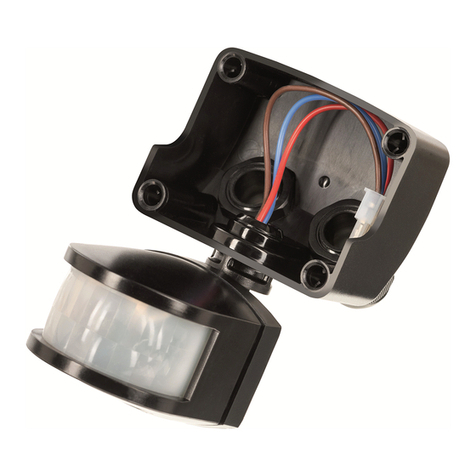
Table of Content
General Safety & Care Information·············································································································1
1.1 Who Can Use This Equipment·····································································································1
1.2 Work-site Safety···························································································································1
1.3 Equipment Safety························································································································1
1.4 Batteries and Environmental Safety·····························································································1
1.4.1 Alkaline Batteries (Non Rechargeable)··················································································1
1.4.2 General Rules Regarding Disposal of Batteries·····································································1
1.5 Care of Equipment·······················································································································2
1.6 Care When Interpreting the Information Provided by the Locator·················································2
1.7 American & Canadian Safety Notices··························································································2
Service & Support·······································································································································4
2.1 Serial Number and Software Revision Number············································································4
2.2 Distributors and Service Centers Closest to You··········································································5
Introduction················································································································································6
3.1 VM-480B······································································································································6
3.2 Controls and Indicators of the Model VM-480B Transmitter·························································7
3.3 Controls and Indicators of the VM-480B Receiver········································································8
Checkout Procedure···································································································································9
4.1 To Check the 50/60Hz Power Mode·····························································································9
Operation·················································································································································10
5.1 To Start Locating························································································································10
5.2 Direct (Conductive) Connection··································································································11
5.2.1 Transmitter···························································································································11
5.2.2 Peak Method·······················································································································12
5.2.3 Null Method·························································································································12
5.3 Inductive Coupling with the 4820 Metroclamp···········································································13
5.4 Inductive (Indirect Method)·········································································································13
5.5 VM-480B 50/60Hz Power Line Locating·····················································································14
5.6 Estimating the Depth of a Conductor··························································································15
5.7 Using the Carrying Handle for Blind Searching, Ground Surveys, and Metal Mass Location···16
5.7.1 Mounting the VM-480B Transmitter and Receiver to the Carrying Handle···························16
5.7.2 Locating with the Handle-Mounted VM-480B·······································································17
5.7.3 Blind Search, Metal Mass Location, Ground Survey with the Carrying Handle····················18
5.8 Conductor Identification Using a Second 4820 Metroclamp·······················································18
5.9 Marking the Conductor···············································································································19
Tracing Factors and Helpful Information···································································································20
6.1 Soil Conditions···························································································································20
6.2 Field Strength of the Signal········································································································20
6.3 Verifying Versus Tracing·············································································································20
wctproducts.com | Phone: 800-WCT-PROD (928-7763) | Fax: 310-306-9343




















